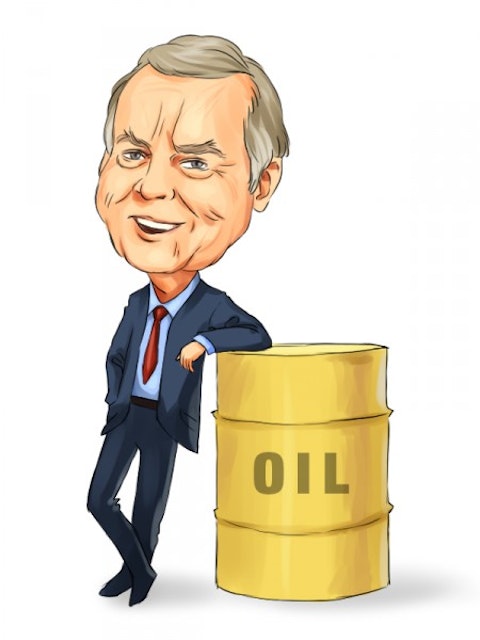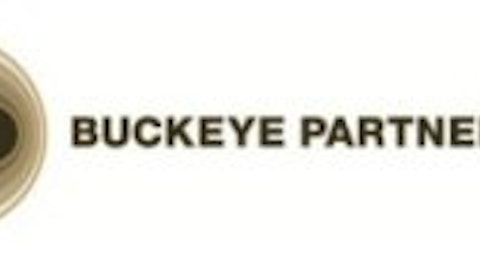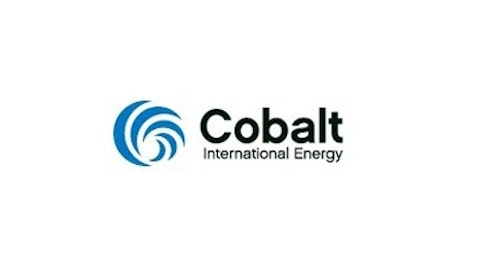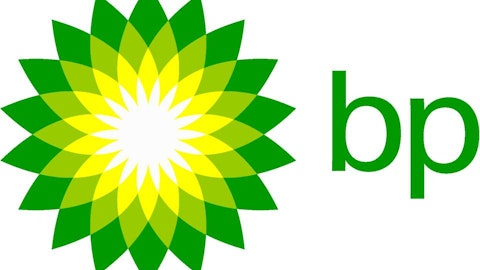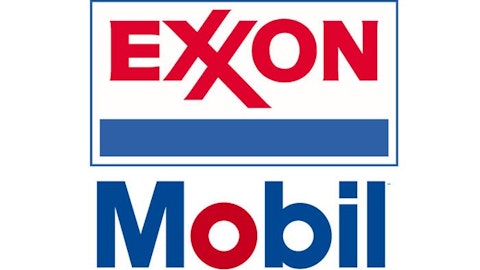Recently, I noticed one oil & gas company got a lot of attention from famous investors like George Soros, Jim Simons, John Paulson and even the oil guru T Boone Pickens. Moreover, this company was his company’s largest position, accounting for as much as 12.8% of Pickens’ portfolio as of March 2013. It is Pioneer Natural Resources (NYSE:PXD). Since the market bottom of 2009, the company has advanced significantly, from nearly $13 per share in March 2009 to more than $144.60 per share at the time of this writing. Let’s take a closer look to see whether or not we should get in Pioneer Natural Resources at its current price.
Spraberry/Wolfcamp potential is huge
Pioneer Natural Resources (NYSE:PXD) focuses its business growth in several geographic areas, including Spraberry oil field, Eagle Ford shale field and Barnett shale Combo field in Texas. Pioneer is considered the third largest oil producer in Texas, and the largest producer in the Spraberry oil field with 900,000 acres and 27 operating rigs. In 2012, Pioneer Natural Resources (NYSE:PXD) had around 1.1 billion BOE in its proved reserves, with the total reserves and resources of more than 9 billion BOE. What might make investors excited is that its main field, Spraberry/Wolfcamp, is considered the second largest oil field in the world, with the potential of 50 billion BOE in recoverable resources, only after Ghawar in Saudi Arabia.
What I like about the company is its consistent positive operating cash flow generation. Since 2010, Pioneer Natural Resources (NYSE:PXD) has produced consistent increasing operating cash flow, from $1.28 billion in 2010 to $1.84 billion in 2012. However, because of the large capital expenditure in 2012, the 2012 free cash flow came in at a negative number of more than -$1.2 billion. Nonetheless, Pioneer Natural Resources (NYSE:PXD) seems to have quite a strong balance sheet. As of March 2013, it had more than $7 billion in equity, $430 million in cash and only just over $3 billion in long-term debt. Interestingly, Pioneer booked more than $2.2 billion in deferred tax liabilities, which could be considered a interest-free loan from the government.
But it is quite expensive
In 2013, Pioneer Natural Resources (NYSE:PXD) expected to spend around $3 billion in capital expenditures, including $2.75 billion in drilling. Most of its capital expenditure, nearly $1.23 billion, would be spent on the northern Spraberry/Wolfcamp area including $400 million for its horizontal program and $625 million for the vertical program. According to the company, the production cost per BOE for the past five quarters fluctuated in the range of $13.30 to $15.61. The company is trading at $144.60 per share, with the total market cap of around $19.75 billion. The market values the company quite expensively at 13.3 times its trailing EBITDA (Earnings Before Interest, Taxes, Depreciation and Amortization).
BP’s near-term share repurchases
Compared to its peers including BP plc (ADR) (NYSE:BP) and Chesapeake Energy Corporation (NYSE:CHK), Pioneer has a much higher EBITDA multiple. BP, at $41.70 per share, is worth nearly $133.20 billion on the market. The market values BP at only 5.4 times its trailing EBITDA. BP had a much higher proved reserves of more than 17 billion BOE. In the first quarter, BP has beaten analysts’ forecasts by 30% with $4.2 billion in underlying replacement cost profit. What investors might be bullish about BP in the near future is its recent good move to divest 50% interest in TNK-BP. The divestment brought in around $27.5 billion in both cash and Rosneft shares, resulting in a $15.5 billion in disposal gain. In 2014, BP plc (ADR) (NYSE:BP) will continue its plan to return as much as $8 billion in cash to shareholders via share buybacks. The buyback yield is quite juicy, around 6% at its current trading price.
Chesapeake to divest non-core assets
Chesapeake Energy Corporation (NYSE:CHK) also has a much lower valuation than Pioneer Natural Resources (NYSE:PXD). It is trading at around $20.20 per share, with the total market cap of $13.10 billion. The market values Chesapeake Energy at only 5.8 times its trailing EBITDA. The bull case for Chesapeake Energy is the huge potential of its assets. Chesapeake had as much as 15.7 tcfe in its proved reserves, making it the second largest natural gas company in the U.S., only after Exxon Mobil Corporation (NYSE:XOM). Chesapeake could unlock its hidden asset value by the ongoing effort to divest its non-core assets to mainly focus on the profitable “core of the core” drilling area. In 2012, the company sold as much as $12 billion of its assets. For the full year 2013, Chesapeake targeted to sell an additional $4 billion to $7 billion of asset values.
My Foolish take
All three oil & gas companies look quite interesting. In the near future, BP could deliver decent returns for its shareholders by a potential $8 billion, or 6% share buyback. With the current dividend yield at 5%, the total yield of BP is quite high at around 11%, assuming the gained equity thought the buyout, as today’s share prices. Both Pioneer and Chesapeake could fit well in the energy segment of investors’ portfolios due to their huge hidden potential asset value, which could be unlocked or realized by the market in the future.
Anh HOANG owns shares of Chesapeake Energy. The Motley Fool has the following options: Long Jan 2014 $20 Calls on Chesapeake Energy, Long Jan 2014 $30 Calls on Chesapeake Energy, and Short Jan 2014 $15 Puts on Chesapeake Energy. Anh is a member of The Motley Fool Blog Network — entries represent the personal opinion of the blogger and are not formally edited.
The article Huge Potential Asset Value in This Oil & Gas Company originally appeared on Fool.com and is written by Anh HOANG.
Copyright © 1995 – 2013 The Motley Fool, LLC. All rights reserved. The Motley Fool has a disclosure policy.
